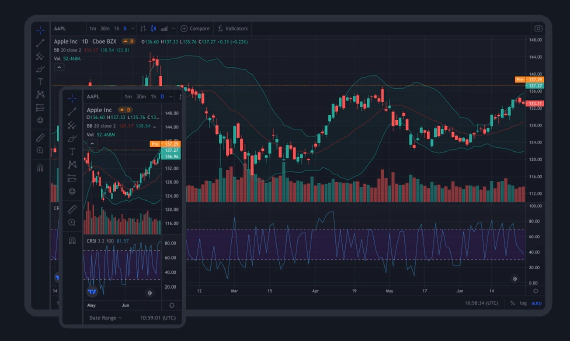
Trading view integration
At scalpers.sh uses trading view premium version as we believe they are true pioneer in financial charting system. …


Option trading offers a myriad of strategies tailored to different market conditions and trader expectations. One such strategy is the option strangle, which, like the straddle, is designed to profit from volatility. The strangle, however, comes with its own unique features and benefits. This article will provide an in-depth look at the option strangle strategy, explaining its mechanics, advantages, and risks.
An option strangle involves buying a call option and a put option on the same underlying asset, but with different strike prices and the same expiration date. This strategy is used when a trader expects significant price movement but is uncertain about the direction. The strangle is generally less expensive than the straddle because both options are typically out-of-the-money.
To implement a strangle, a trader buys both a call option and a put option with different strike prices. Typically, these strike prices are set equidistant from the current price of the underlying asset, but this can be adjusted based on the trader’s expectations.
Suppose a trader believes that a stock currently trading at $100 will experience significant volatility but is unsure of the direction. The trader buys a call option with a strike price of $105 and a put option with a strike price of $95, each costing $3. The total cost of the strangle is $6 (the sum of both premiums).
A strangle is particularly effective in situations where a trader expects significant volatility due to upcoming events such as:
While the strangle is a powerful strategy, traders might also consider other strategies depending on their market outlook and risk tolerance:
The option strangle is a versatile strategy that allows traders to profit from significant price movements in either direction. It is particularly useful in volatile markets or around major events that can drive substantial price changes. While it offers a lower initial cost compared to a straddle, it also requires a greater movement in the underlying asset to achieve profitability. As with any trading strategy, understanding the mechanics and risks is crucial for successful implementation. By carefully analyzing market conditions and choosing appropriate strike prices, traders can effectively use the strangle strategy to capitalize on volatility.

At scalpers.sh uses trading view premium version as we believe they are true pioneer in financial charting system. …

youtube: https://youtu.be/k8d5p-Zwiyw?si=LiEDhHQxEuL_tmwc Get access to scalper.sh terminal in 2 minutes, by following …